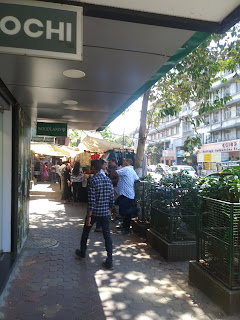Growels Mall 101 - Mumbai

Growels Mall, which was started in 2010, is one of Mumbai's most popular shopping malls. The design of the malls is inspired by Neoclassical architecture. Hence, it gives a European feel. The mall, spread across 7.5 lakhs sq. feet, is located in the Kandivali locality. There are many shops, but the options are limited compared to the other shopping malls in Mumbai. More than the shops in this mall, it is known for the European-style events that are being conducted. Happy travelling.








